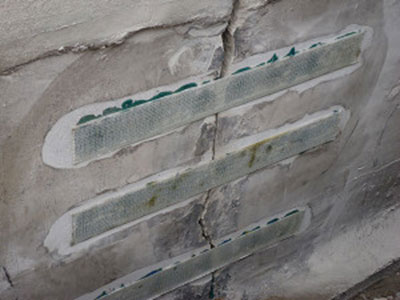 It sounds assumed, right? The stability of your home, that is. Whether you’re moving into a brand-new home, or taking over from someone who has lived there many years, you want to feel comfortable walking into it and knowing that you’ll be safe and happy. Well the Restumping Melbourne team is sorry to burst any bubbles, but such things can’t always be assumed. In fact, the responsibility falls on you as the inhabitant to ensure that you’re regularly checking on the foundation of your home.
It sounds assumed, right? The stability of your home, that is. Whether you’re moving into a brand-new home, or taking over from someone who has lived there many years, you want to feel comfortable walking into it and knowing that you’ll be safe and happy. Well the Restumping Melbourne team is sorry to burst any bubbles, but such things can’t always be assumed. In fact, the responsibility falls on you as the inhabitant to ensure that you’re regularly checking on the foundation of your home.
There are many factors that play a role in the destabilization of your foundation but the main factor is the soil. The soil under your property is constantly shifting. This can be because of the type of soil (reactive clay or otherwise), it can be due to seismic shifts in the earth, and it can be due to the natural settling, cracking and buckling that soil’s properties encourage.
You can’t stop any of these catalysts. You can however ensure that you’re keeping an eye on them, and also that you’re putting proactive measures in place so that the foundation under your home or business is fortified and stabilized.
Today’s post focuses on slab restabilizing. You may be thinking, how the heck does slab restabilizing take place? The most commonly used method is a piering system. The piers are made from steel. They’re driven directly into the ground under the foundation, using a hydraulic process. There are tiny holes, which a drill uses to hold these slabs in place, so that there is as little wiggle room for air as possible. The key here is to ensure that the posts are drilled down into the earth to a point where they can bear the entire weight of the property’s structure. Once they’re at this point, they can properly support the slab underneath the home’s foundation. Though there should be few gaps, those that exist are filled with grout.
Now, the piering system makes the most sense if you’re looking for a full job. But often, homes just need a little pick-me-up for their foundation, they need minor slab repairs. When it comes to minor slab repairs, you may look immediately towards concrete to fill cracks and holes. Restumping Melbourne recommends that you stay away from concrete. It will actually only perpetuate the issue, as you may deal with additional cracks and holes in this new concrete, further on down the line. Instead, look for resin-based crack filler or expoxy, solutions which are far stronger and will hold up under pressure.
Restumping Melbourne loves to support its customers in their endeavors, even the Do It Yourself projects. It doesn’t matter who you’re working with, as long as your foundation is being properly cared for. That being said, we’re always here as your process partners-in-crime to help find the foundation solution that makes the most sense for you. With our help, we’ll ensure that your foundation is one that will last a full lifetime.
